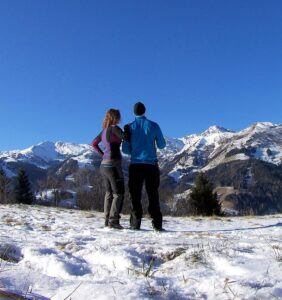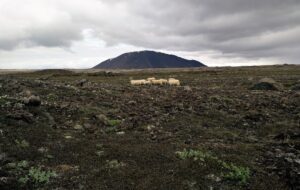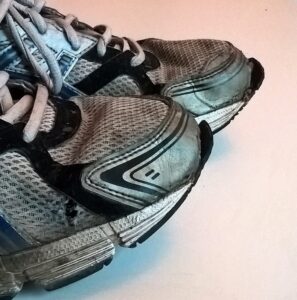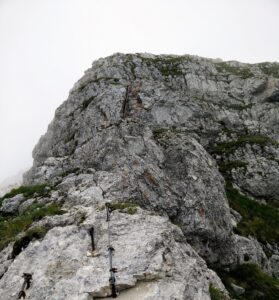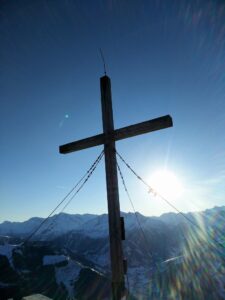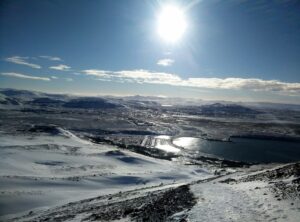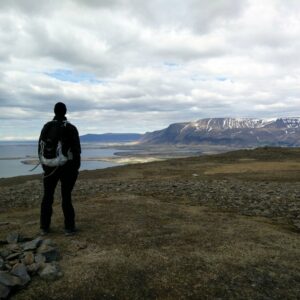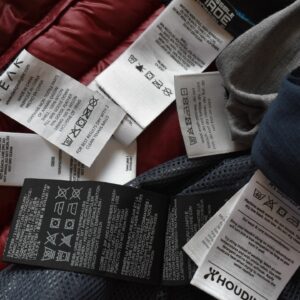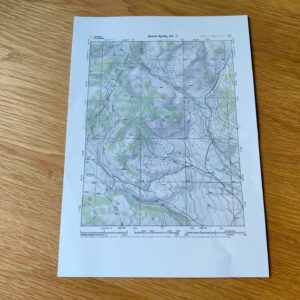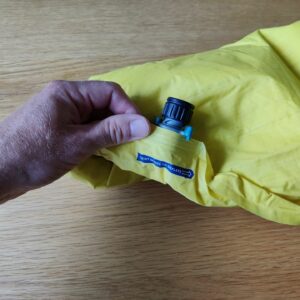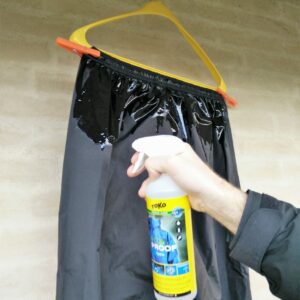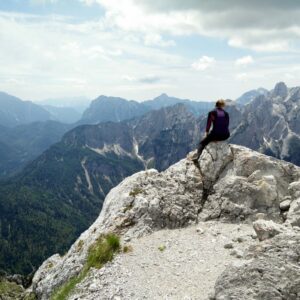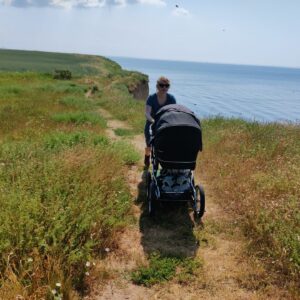While we have written multiple articles with tips and advice for planning and executing your hikes in the most successful manner, we have also made (and learned from) numerous mistakes over the years – either done together or individually. It happens to all of us; you forget some gear, you want to save money by buying (too) cheap equipment, you overestimate your abilities or simply forget to take the necessary precautions. Well, sometimes it works out and sometimes it doesn’t. Here we recount some of our biggest hiking mistakes.
Table of contents:
- Not telling anyone where we were going
- Not bringing suitable sleeping equipment
- Not wearing appropriate footwear
- Not bringing enough water
- Hiking when ill
- Not bringing winter gear
Not telling anyone where we were going
We made the very serious slip-up of forgetting to tell anyone where we went when we set out for the Kjolur trail in the Icelandic Highlands. This is a particular problematic region to get lost in as it has very few inhabitants and it has happened numerous times that hikers got lost, even in summertime, and were not found in time to save their lives. We even undertook one quite risky descent down a steep snow-covered slope on the second day – which could have ended fatally for one or both of us. It did work out in the end, but if anything had happened rescue team wouldn’t even know where to look for us…
Not bringing suitable sleeping equipment
Another mistake done preparing for the Kjolur trail was the choice of sleeping equipment. As we didn’t bring sleeping bags when moving to Iceland and couldn’t borrow any, we had to buy them. However, as mentioned in the article 10 things you should know before going hiking in Iceland, it is very expensive to buy outdoor equipment (and pretty much everything else) in Iceland and unfortunately, we were too penny-pinching to buy appropriate sleeping bags.
Instead we ended up with sleeping bags with synthetic insulation which after testing can only be described as exclusively summer sleeping bags despite being temperature rated at 11,9°C as the maximum (overheating limit), 7.8°C for comfort and 0°C as the limit. The historical average of July night temperatures in Hveravellir (destination) lies at 8°C, but we had temperatures down to 5°C and were nowhere near “comfortable” temperature-wise in spite of being almost fully dressed during the night. Lesson learned: Rather bring a too warm sleeping bag as you can always regulate the temperature with the zipper.
Not wearing appropriate footwear (♀)
Not wearing appropriate hiking footwear is probably the most common beginner’s mistake and also one committed by at least one of us – more than once. In our guide to hiking footwear we particularly focus on the wearer’s comfort and performance when using different footwear (ankle support, stiffness of the sole etc.), but another point is that non-hiking footwear simply can’t withstand the wear and tear of hiking. I learned this lesson early on in my “hiking career” when I wore a pair of Asics running shoes, almost fresh from the box, on an otherwise easy hiking trail which unfortunately also included a longer stretch over flat but rocky terrain. This was not so much a problem for me, but more for the shoes which had the toecaps busted open by the end of the hike, and thus became worn out faster. So long, Asics…
Not bringing enough water (♂)
When it comes to hiking, hydration is indeed important and typically we do bring enough water with us on the trails. However, there was one particular hike where the water ran out much sooner than expected – the Krn hike. Here I underestimated the duration of the hike, because I didn’t take into account that the trail is technically very difficult. Therefore, I needed much more time for the ascent than I expected and eventually ran out of water on this relatively warm day. It really wasn’t fun to be dehydrated while climbing on an exposed ridge where even a smallest mistake could have fatal consequences.
Nevertheless, I made it to the mountain hut where I bought water – but only one liter as it was very pricey. Half way back, I again ran out and got super thirsty but couldn’t get water anywhere till driving home afterwards and stopping at a gas station. So, do bring enough water when you go hiking – it’s better to carry a slightly heavier backpack than to be dehydrated. I learned a lesson on the Krn trail, nevertheless, and two weeks after I wrote the article How much water to take on a hiking trip.
Hiking when ill (♂)
While we were travelling to Rauris valley in Austria at the end of 2016, my throat got very sore and swollen. However, as I was really looking forward to skiing and hiking for three days, I decided to ignore these obvious symptoms of a cold. On the second day in Rauris we climbed the 2167 meters (7110 ft.) high Grubereck peak and I started feeling dizzy on the way up and got a severe ear pain.
Due to the cold, I just couldn’t equalize the pressure in spite of trying various tricks, such as the Valsalva maneuver. Nevertheless, I made it to the top and back. My health problems were, unfortunately, just getting started as I went to bed with a fever afterwards and started coughing severely the next day. The cough lasted for the next two weeks. Therefore, think twice before going on a hike ill – in most cases it just isn’t not worth it.
Not bringing winter gear (♂)
I have mostly been hiking in the Alps and during my stay in Iceland I expected similar conditions on the trails there in relation to season, snow cover etc (a bit naïve, I know). In February 2015 I decided to climb the 914 meters (3000 ft.) high Mount Esja. While you wouldn’t need any additional gear in the Alps to climb a 914 meters high peak in February (some snow to be expected, but no ice at this altitude), the conditions were totally different in Iceland.
When I reached an altitude of just 300 meters I noticed that the trail was becoming slippery, but as it was sunny (and the ice was melting) I managed to scramble my way up to the view point called Steinn, 600 meters above the sea level. Here, I decided to turn back since the trail becomes quite steep onwards, but as the sun went down the trail now became super icy. Needless to say, it was a nightmare sliding down from Mount Esja without crampons. So, do check the conditions on the trail thoroughly before going on a winter hike and bring the necessary gear.
What hiking mistakes did you make? Share them with us in the comments below 🙂
